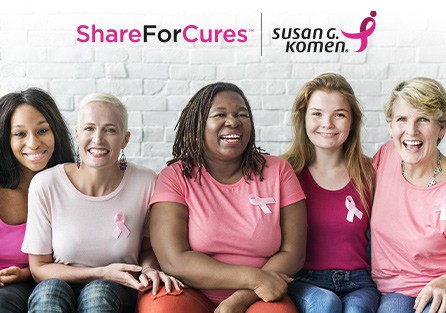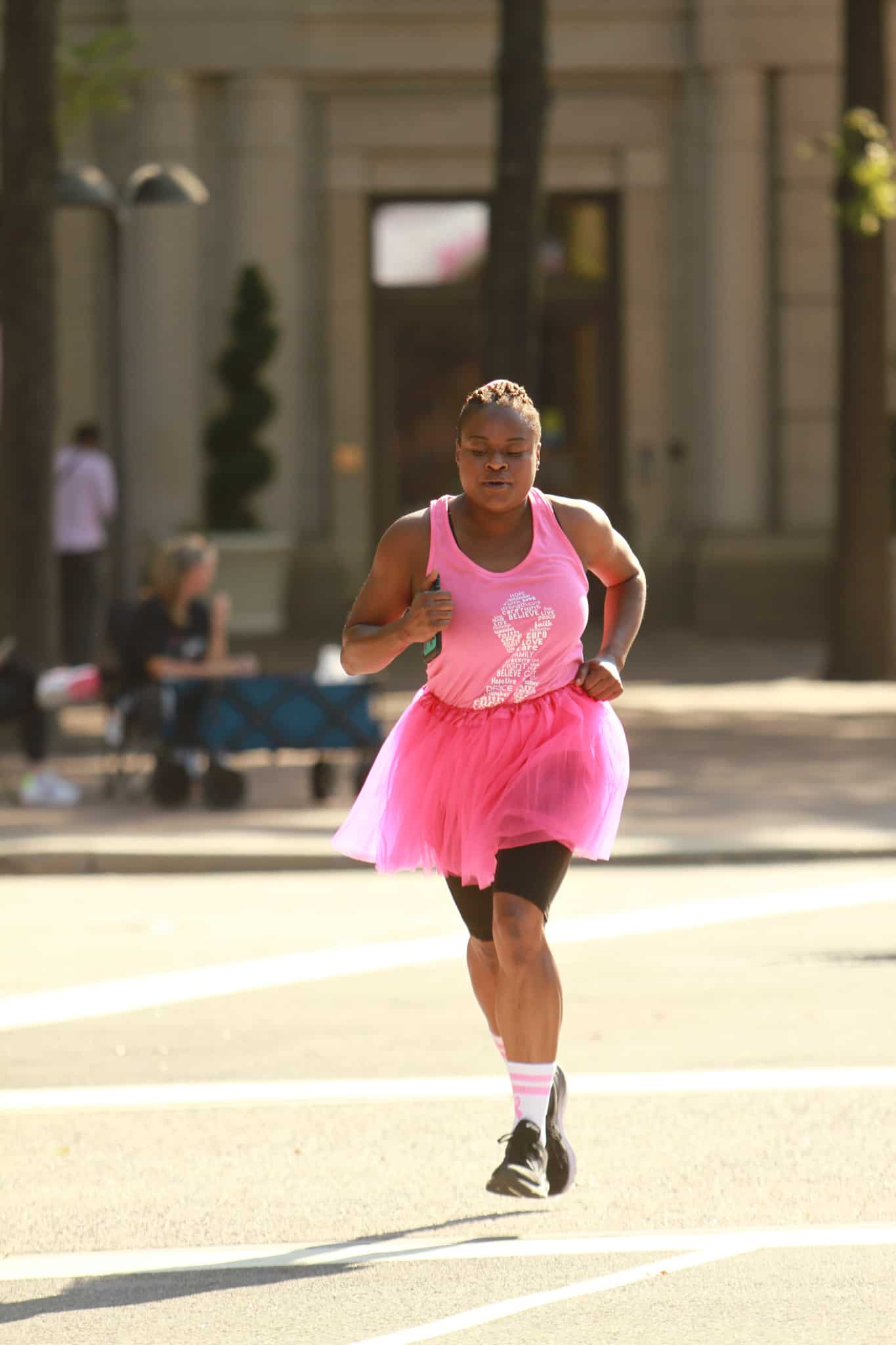Maryland
Our mission is to save lives by meeting the most critical needs of our communities and investing in breakthrough research to prevent and cure breast cancer.
Maryland
Our mission is to save lives by meeting the most critical needs of our communities and investing in breakthrough research to prevent and cure breast cancer.
Need Help?
Call our breast care helpline to assist with finding local screening and diagnostic facilities or clinical research trials, requesting financial assistance, or other questions or care needs.
Get Involved
Help us reach our vision of a world without breast cancer by getting involved in our local community.

Start an Impact Fundraiser
Collect Donations and Help Save Lives!
YOU can make a BIG IMPACT in the fight against breast cancer! Komen has the tools you need to start your own individual or group fundraiser – or great ideas to share if you’re not sure where to start! Everything you need to set up customized fundraising webpage(s), connect to Facebook, utilize email & social media templates, engage your donors, and more.
Create a Fundraiser
Employee Engagement
Engage your employees in our mission to end breast cancer forever.
Our Employee Engagement Program gives your company and employees access to world-class breast cancer content, as well as volunteer programs and fundraising campaigns they’ll be excited and proud to participate in. We will work with you step-by-step to support your corporate health and wellness, employee engagement and community impact goals.
Learn MoreLocal Events
Join the fight to end breast cancer by attending an event in Maryland!
Questions? Contact Us

ShareForCures
Your breast cancer information is as unique as you are. When combined with thousands of other ShareForCures members, you provide scientists with a more diverse set of data to make new discoveries, faster.
Latest News & Information
Ellen’s Story: The Power in a Choice
"Of all times to proactively share your data, this is the time to do it," remarked Ellen Goodwin when she spoke on her choice to participate in Komen’s ShareForCures breast cancer registry.
The post Ellen’s Story: The Power in a Choice appeared first on Susan G. Komen®.
Susan G. Komen® Peoria MORE THAN PINK Walk Raises Funds for Breast Cancer Patient Care Services in Illinois
Susan G. Komen®, the world’s leading breast cancer organization, will hold the Susan G. Komen Peoria MORE THAN PINK Walk on Saturday, May 11, 2024, at Metro Centre. This signature event enables Komen to raise critical funds that provide direct support to breast cancer patients, fund groundbreaking research, empower health equity initiatives nationwide, and advocate […]
The post Susan G. Komen® Peoria MORE THAN PINK Walk Raises Funds for Breast Cancer Patient Care Services in Illinois appeared first on Susan G. Komen®.
Maryland
Contact Us
Susan G. Komen Maryland

State Executive Director, DMV Tri-State: Adrienne Johnson
Email: ajohnson@komen.org
Phone: 202-827-9013




